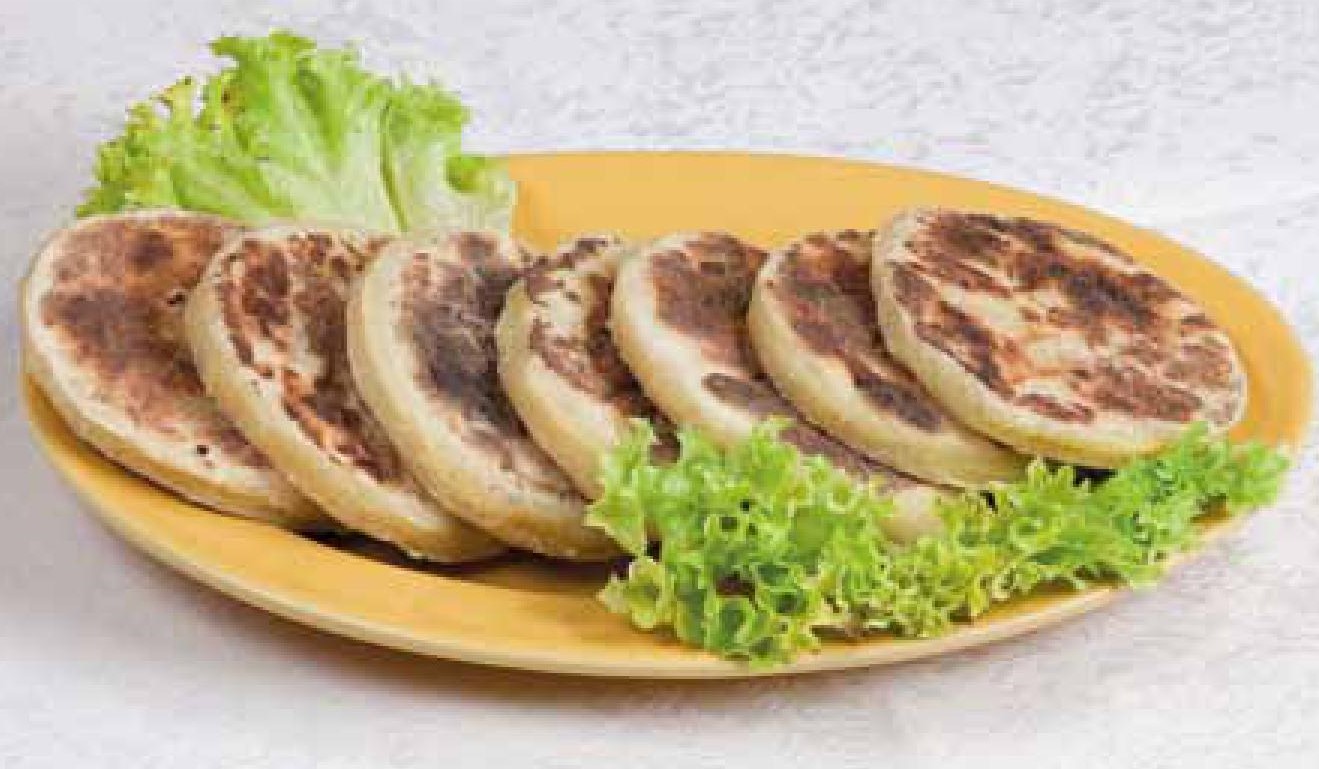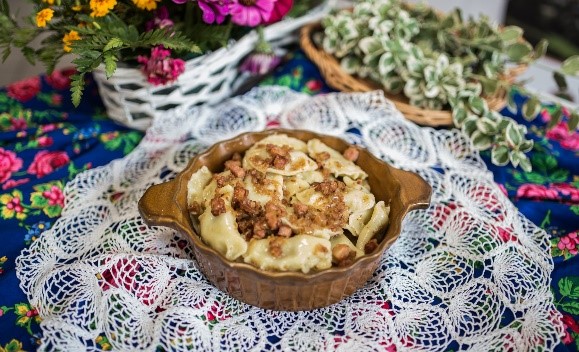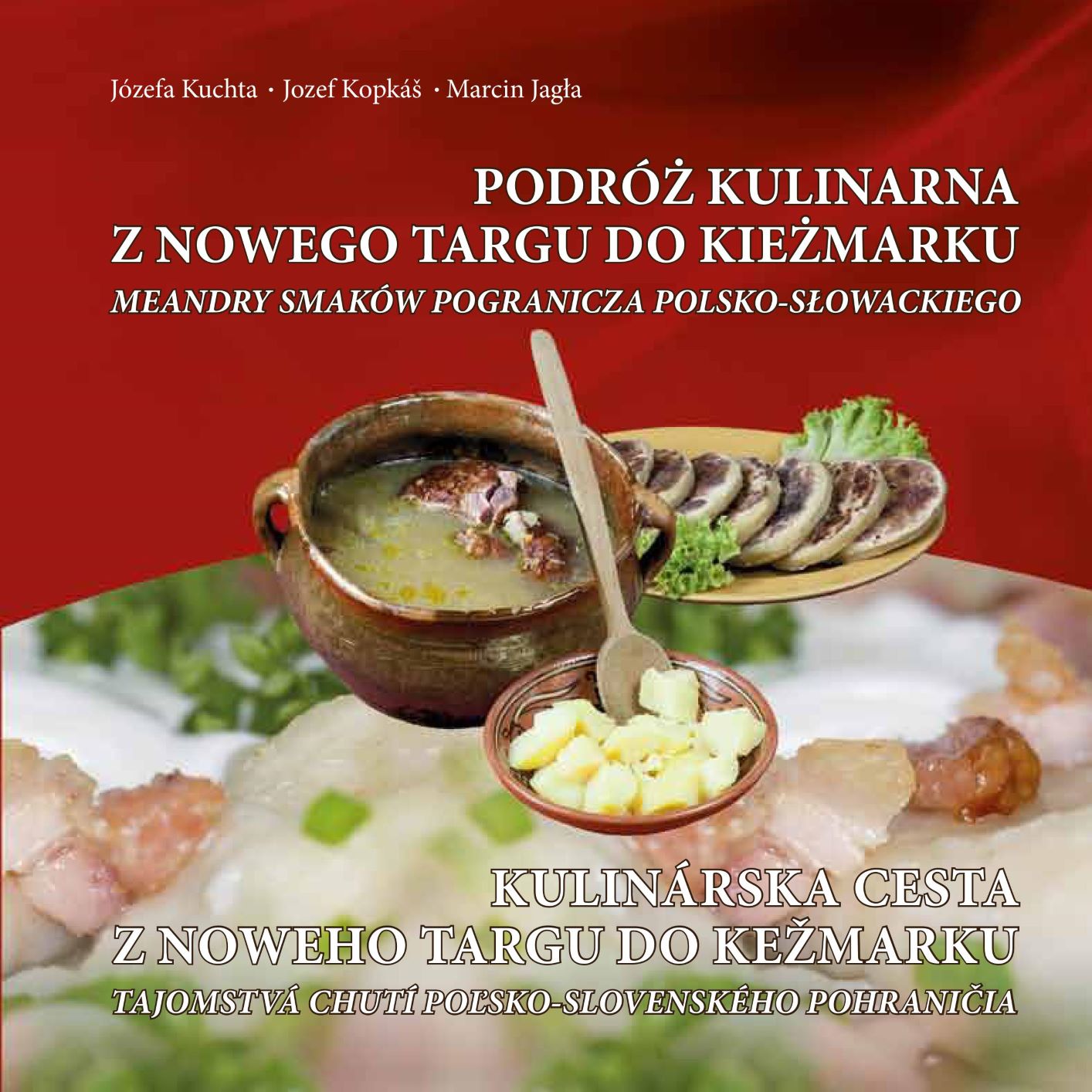Culinary traditions of the Polish-Slovak Borderland
We like to eat well. That goes without saying and it is a trait that unites many people around the world. An indispensable element of any outdoor event, be it a festival, a trade show or a fair, are food stands. And not just any kind of food. The stage of fascination, if you can even call it that, with hot dogs and casseroles is over. Now we look for other tastes – we want to try regional dishes made of good, regional products. The so-called ‘culinary tourism’ is becoming more and more popular in Poland, partly because we have started to pay more attention to what we eat.
Famous chefs are increasingly trying to recover old recipes and recreate them in modern conditions. There are also attempts to restore long forgotten products to our tables, for example stem lettuce. At home, we are more likely to reach for old notebooks with recipes of our grandmothers, of course, if we have them. Because unfortunately, very often such treasures with recipes and valuable for each homemaker’s notes suggesting what to do to make food better and tastier are lost. And since culinary art is part of the cultural heritage of each society, it is not surprising that we try to preserve traditions and characteristic regional dishes. It is no different in the case of the Polish-Slovak border region, which abounds in diverse and colorful tastes. As the female poet and farmer from Nowy Targ, Wanda Szado-Kudasikowa, says: “in highland food the heart is closed” and “after highland food, you can see that you are alive!” Because in Podhale, Spisz and Orava, traditional regional cuisine rules – sauerkraut soup (kwaśnica), potato flatbread (moskol), potato dumplings with bryndza sheep’s cheese, steamed dumplings (bufty) – local housewives can conjure up a paradise for the palate from simple products.
The most traditional dishes of the region were collected in one cookbook under the project “Nowy Targ-Kežmarok. Cross-border presentation of regional cuisine" project. The recipes were chosen by housewives of the Nowy Targ region and students and teachers of the Otto Bruckner Hotel Academy in Kežmarok. Even some of the names of the dishes show that the cuisine of the borderland is simple – based on what the land has yielded and what the farmyard has given. So there is poor man’s soup (zupa dziadowska), plum soup with dumplings (śliwconka z łazankami), peasant’s (zupa chłopska) and simple but delicious carrot soup (marchwianka). There are many recipes for dishes made of groats, cabbage and potatoes. But there are also meat, fish and special holiday dishes, and of course, desserts. The borderland cookbook is a compendium of over seventy recipes – written out in detail and beautifully illustrated. Each recipe is accompanied by a kitchen rhyme.

Oh my precious pancake,
Cooked on a baking sheet,
Not quite done
But already chewed
The book is available on-line at http://www.nowytarg.pl/dok/ksiazka_kulinarna2010.pdf, but beware – it's better not to sit down to browse it hungry, because every single page is really mouth-watering.
Culinary traditions of the region were also preserved by Limanowa and Dolný Kubín and their active Farmers’ Wives’ Associations. The micro-project "GETTING TO KNOW THE PAST AND CARING FOR ITS FUTURE - culinary traditions of Limanowa and Dolný Kubín as an important element of the cultural landscape of the Polish-Slovak Borderland" was a shared attempt to catalogue culinary traditions of the borderland and describe recipes passed from generation to generation. Joint workshops served as an opportunity to share local people’s own or their grandmas’ ways, for example, of making the best dough for dumplings (pierogi) or cabbage soup (kapuśniak). Because these are some of the dishes that we find on both sides of the border. Seemingly the same, and yet.....
Above all, however, thanks to the project, traditional recipes will not be forgotten and will continue to be popular. They are available to everyone – especially the younger generation. It is enough to reach for the Internet to find out what our grandmothers' tables smelled like, what was the most common ingredient of everyday dinners on both sides of the border.

There is leavened sour rye soup (żur na zakwasie) and Orawa cabbage soup (kapustnica), dumplings (pierogi) of course, but also delicious Slovak potato dumplings (strapačky) with sauerkraut – you might be tempted to make them yourself. It’s worthwhile visiting the website www.smakibezgranic.eu to find a recipe for regional potato dumplings (Šúľance) with poppy seeds or learn how to bake a yeast dough sweet roll (buchta) with cheese.
And for all those who, sitting at home in the era of the pandemic, have taken to baking their own bread, we recommend listening to the regional bread legend:
And, finally, here are the results of a recent survey “Poles and regional cuisine”. Poles most often associate regional cuisine and products with tradition (59%), taste (48%) and the original recipe (41%). Traditional dishes are also a sign of freshness (40% of respondents), quality (32%), health (27%) and ecology (18%).

Blog prepared in the project entitled: "Cooperation that enhances and develops as a key to a positive image of Poland on the international arena", co-financed by the Ministry of Foreign Affairs of the Republic of Poland as part of the competition "Public Diplomacy 2020 - a new dimension".



